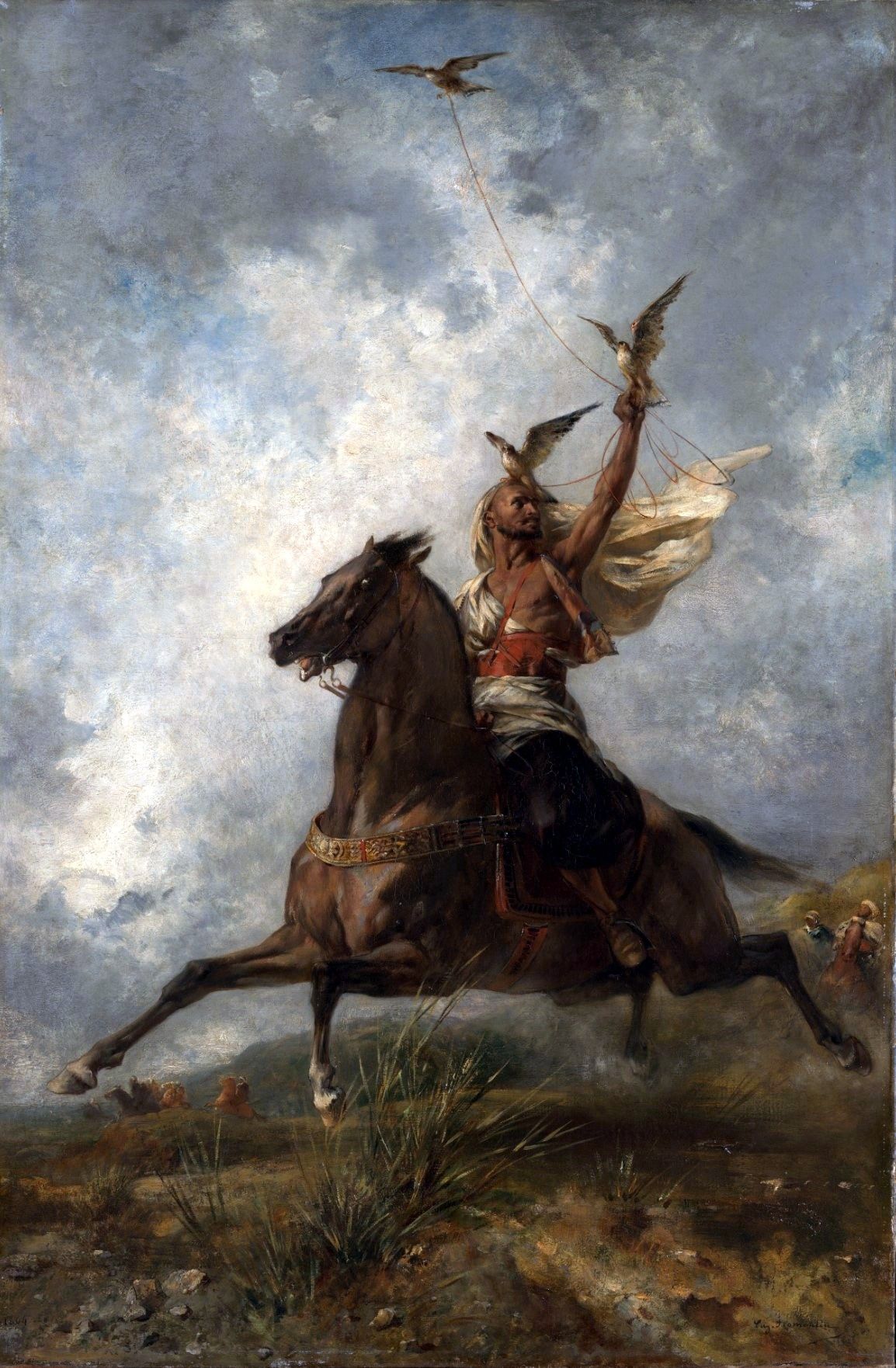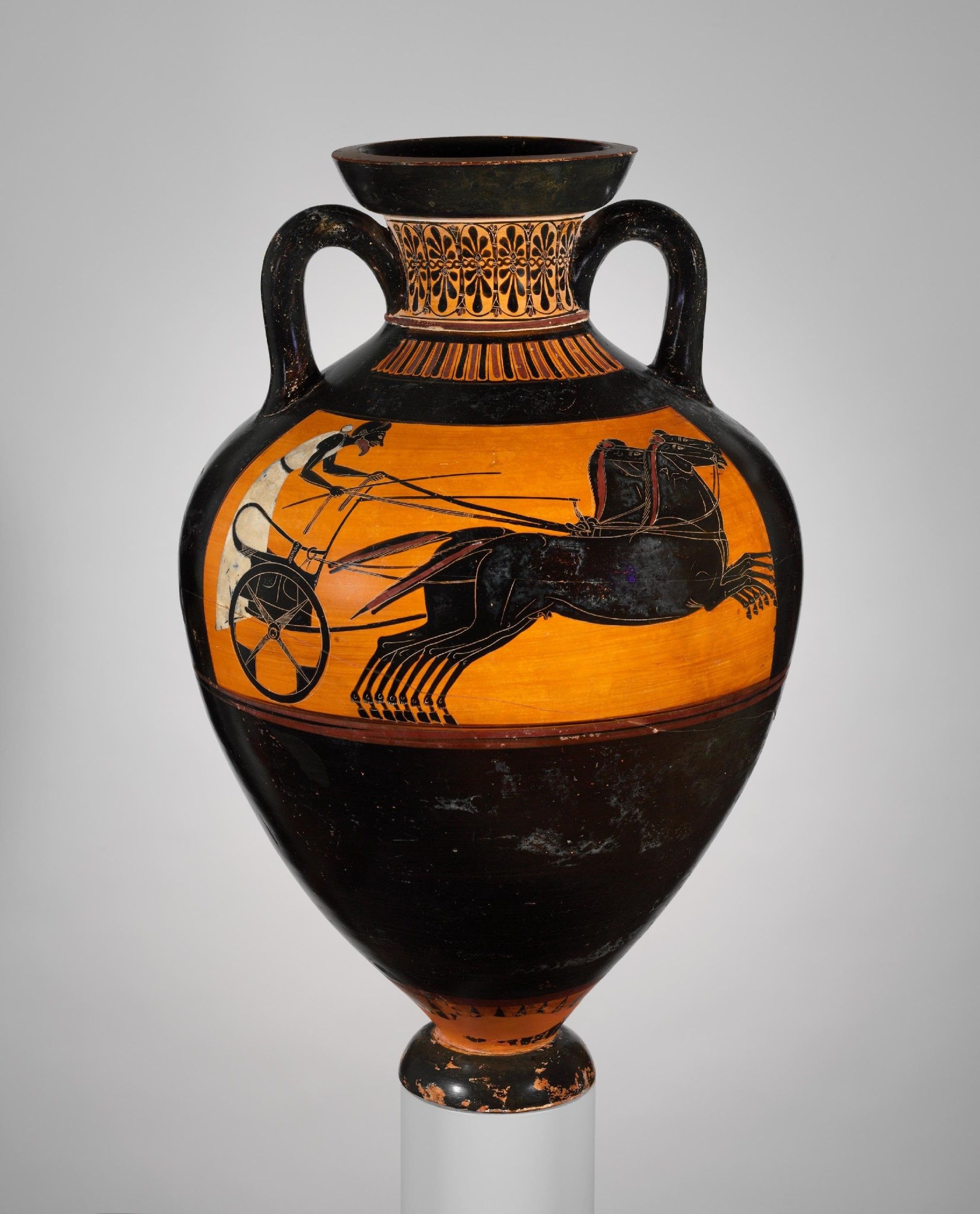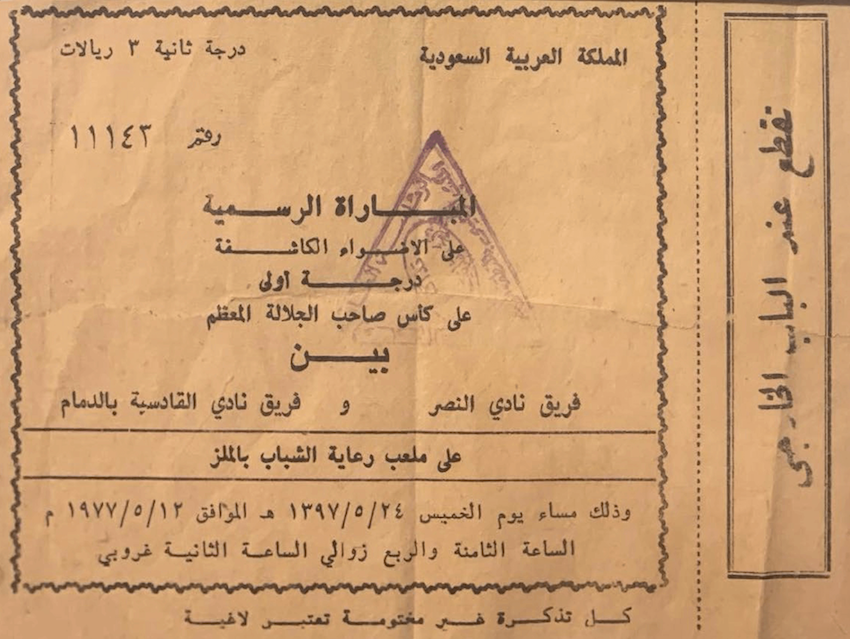The Art of Falcon Hoods
‘Falcons' Hoods,’ from 18th or 19th century India. Made of oriental mother-of-pearl, gold sheet and hammered wire, plaited wire tassel, and satin lining. Part of The Khalili Collection as featured in Google Art & Culture.
Their hoods are as distinctive as their feathers and style.
But these intricate hoods are more than a stylish accessory representing tradition and cultural pride. They help calm the bird and control its focus during training sessions, whereby removing the hood signals it’s time for some falconry. It also prevents the bird of prey from getting frightened during travel or when in crowded areas.
They are often handmade from fine leather and decorated with embroidery or tassels, especially in Middle Eastern falconry. Traditional Arab falcon hoods are known as "al-burqa" or "al-qaffaz" in Arabic, and are always works of art, reflecting heritage, creativity, status, and craftsmanship.
They are often hand-stitched or carved, bearing geometric, floral, arabesque and Islamic motifs with intricate stitching in gold, silver, or colored thread. They commonly feature tribal symbols, or in the case of European hoods, royal crests or national colors.
Besides a deadly sport for the prey being hunted by the bird, falconry is an old tradition. Also known as "hawking," it is the traditional practice of training birds of prey (such as falcons, hawks, eagles, and owls) to hunt wild game in cooperation with humans.
Recognized by UNESCO as an Intangible Cultural Heritage of Humanity, falconry dates back more than 4,000 years and spans cultures from the Arabian deserts to medieval Europe and Central Asia.
The falcon has been a cultural bird and symbol of nobility in the Middle East since ancient times, and remains a national symbol in Gulf nations like Saudi Arabia and United Arab Emirates..
We leave you with an interesting fact: A falcon’s dive is called a "stoop" — a high-speed attack so precise, it rarely misses.
So it’s always best to remember to keep that hood on, just in case! .

‘The Arab Falconer,’ by Eugène Fromentin (French, La Rochelle 1820–1876 Saint-Maurice). 1864. Oil on canvas painting, 42 3/4 x 28 1/2 in. (108.6 x 72.4 cm). Credit line: The John Hobart Warren Bequest, 1923, part of The Metropolitan Museum of Art collection.


